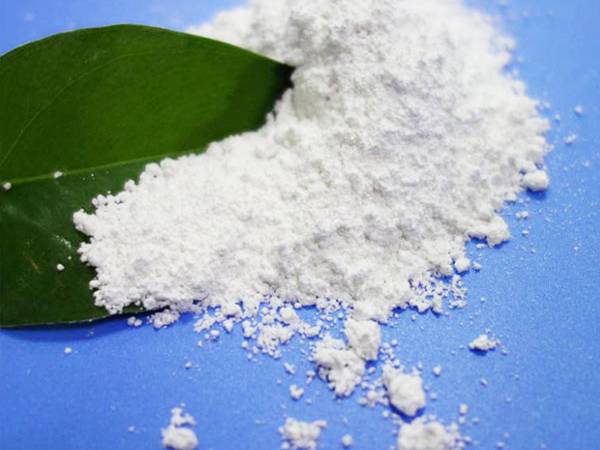



Safety Data Sheet for 1 M Sodium Hydroxide Handling and Storage Guidelines
Understanding the Safety Data Sheet (SDS) for 1 M Sodium Hydroxide
Sodium hydroxide, also known as caustic soda or lye, is a highly versatile chemical commonly used in various industrial and laboratory applications. When handling sodium hydroxide, particularly in a 1 M concentration, it is crucial to refer to its Safety Data Sheet (SDS). The SDS provides essential information about the properties of the chemical, potential hazards, safe handling guidelines, and emergency response measures.
Chemical Identification
Sodium hydroxide is an inorganic compound with the formula NaOH. In aqueous solution, it dissociates into sodium ions (Na⁺) and hydroxide ions (OH⁻). The 1 M concentration indicates that there is one mole of sodium hydroxide dissolved in one liter of water, which makes it a strong alkaline solution with a pH level around 13. This high alkalinity means that sodium hydroxide can cause severe chemical burns and must be handled with caution.
Hazards Identification
The SDS outlines the hazards associated with sodium hydroxide. It is classified as a corrosive substance that can cause serious injury to skin and eyes upon contact. Inhalation of its vapors can irritate the respiratory tract, leading to potential respiratory issues. Long-term exposure or significant spills may result in severe damage to internal organs if ingested. Therefore, understanding the risks associated with its use is essential for ensuring safety in both laboratory and industrial environments.
Precautionary Measures
sds 1 m sodium hydroxide

To minimize risks, the SDS provides a series of precautionary measures to follow when working with sodium hydroxide. Personal protective equipment (PPE) is essential this includes gloves resistant to caustic substances, safety goggles, and lab coats. In addition, working in a well-ventilated area or using a fume hood is vital to avoid inhaling any fumes.
The SDS also recommends careful handling practices, such as avoiding the mixing of sodium hydroxide with other chemicals, especially acids, which can cause violent reactions. It is crucial to add sodium hydroxide to water rather than the reverse, as this can lead to exothermic reactions that can splatter the solution.
First Aid Measures
An integral part of the SDS is the section on first aid measures. In case of skin contact, the affected area should be washed immediately with copious amounts of water for at least 15 minutes. If sodium hydroxide comes into contact with the eyes, it is imperative to rinse them thoroughly with water for at least 30 minutes and seek medical attention immediately.
If inhaled, the individual should be moved to fresh air and medical assistance should be sought if symptoms persist. Ingestion of sodium hydroxide requires immediate medical attention as it can cause severe internal damage.
Conclusion
In conclusion, the Safety Data Sheet for 1 M sodium hydroxide is a critical resource in ensuring safety when handling this powerful caustic substance. By understanding its hazards, adhering to recommended safety protocols, and knowing how to respond in case of an emergency, individuals can work safely with sodium hydroxide. Always refer to the SDS before beginning any work with chemicals to ensure comprehensive knowledge of protective measures and first aid procedures.
-
Why Sodium Persulfate Is Everywhere NowNewsJul.07,2025
-
Why Polyacrylamide Is in High DemandNewsJul.07,2025
-
Understanding Paint Chemicals and Their ApplicationsNewsJul.07,2025
-
Smart Use Of Mining ChemicalsNewsJul.07,2025
-
Practical Uses of Potassium MonopersulfateNewsJul.07,2025
-
Agrochemicals In Real FarmingNewsJul.07,2025
-
Sodium Chlorite Hot UsesNewsJul.01,2025










